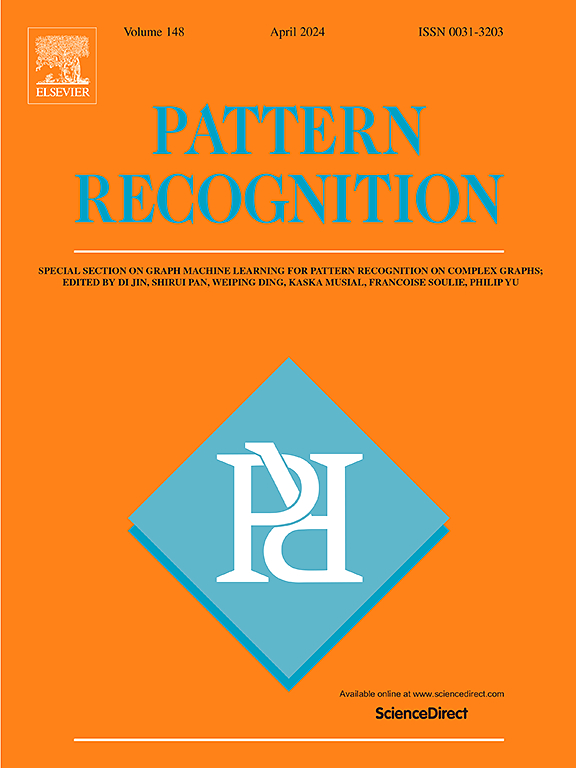了解对抗性的鲁棒性,对抗性的例子在曲面上
IF 7.5
1区 计算机科学
Q1 COMPUTER SCIENCE, ARTIFICIAL INTELLIGENCE
引用次数: 0
摘要
深度神经网络(DNN)很容易受到对抗性示例的影响。一个训练有素的模型很容易受到攻击,方法是在原始数据中添加微小的扰动。对抗示例存在的假设之一是离谱假设:对抗示例位于数据流形之外。然而,最近的研究表明,在流形上的对抗示例也是存在的。在本文中,我们重新审视了离manifold假设,并研究了一个问题:on-manifold对抗示例导致神经网络对抗鲁棒性差的程度如何?由于真正的数据流形在实践中是未知的,因此我们在真实数据集和合成数据集上考虑了两个近似的在manifold上的对抗示例。在真实数据集上,我们发现在标准训练模型和对抗训练模型上,manifold 上的对抗示例比manifold 下的对抗示例具有更高的攻击率。在合成数据集上,从理论上讲,我们证明了在manifold上的对抗示例是强大的,然而对抗训练侧重于非manifold方向,而忽略了在manifold上的对抗示例。此外,我们还通过分析表明,在实践中也能观察到理论上得出的特性。我们的分析表明,在manifold上的对抗示例非常重要。我们应更多地关注on-manifold对抗示例,以训练稳健的模型。本文章由计算机程序翻译,如有差异,请以英文原文为准。
Understanding adversarial robustness against on-manifold adversarial examples
Deep neural networks (DNNs) are shown to be vulnerable to adversarial examples. A well-trained model can be easily attacked by adding small perturbations to the original data. One of the hypotheses of the existence of the adversarial examples is the off-manifold assumption: adversarial examples lie off the data manifold. However, recent researches showed that on-manifold adversarial examples also exist. In this paper, we revisit the off-manifold assumption and study a question: at what level is the poor adversarial robustness of neural networks due to on-manifold adversarial examples? Since the true data manifold is unknown in practice, we consider two approximated on-manifold adversarial examples on both real and synthesis datasets. On real datasets, we show that on-manifold adversarial examples have greater attack rates than off-manifold adversarial examples on both standard-trained and adversarially-trained models. On synthetic datasets, theoretically, we prove that on-manifold adversarial examples are powerful, yet adversarial training focuses on off-manifold directions and ignores the on-manifold adversarial examples. Furthermore, we provide analysis to show that the properties derived theoretically can also be observed in practice. Our analysis suggests that on-manifold adversarial examples are important. We should pay more attention to on-manifold adversarial examples to train robust models.
求助全文
通过发布文献求助,成功后即可免费获取论文全文。
去求助
来源期刊

Pattern Recognition
工程技术-工程:电子与电气
CiteScore
14.40
自引率
16.20%
发文量
683
审稿时长
5.6 months
期刊介绍:
The field of Pattern Recognition is both mature and rapidly evolving, playing a crucial role in various related fields such as computer vision, image processing, text analysis, and neural networks. It closely intersects with machine learning and is being applied in emerging areas like biometrics, bioinformatics, multimedia data analysis, and data science. The journal Pattern Recognition, established half a century ago during the early days of computer science, has since grown significantly in scope and influence.
 求助内容:
求助内容: 应助结果提醒方式:
应助结果提醒方式:


